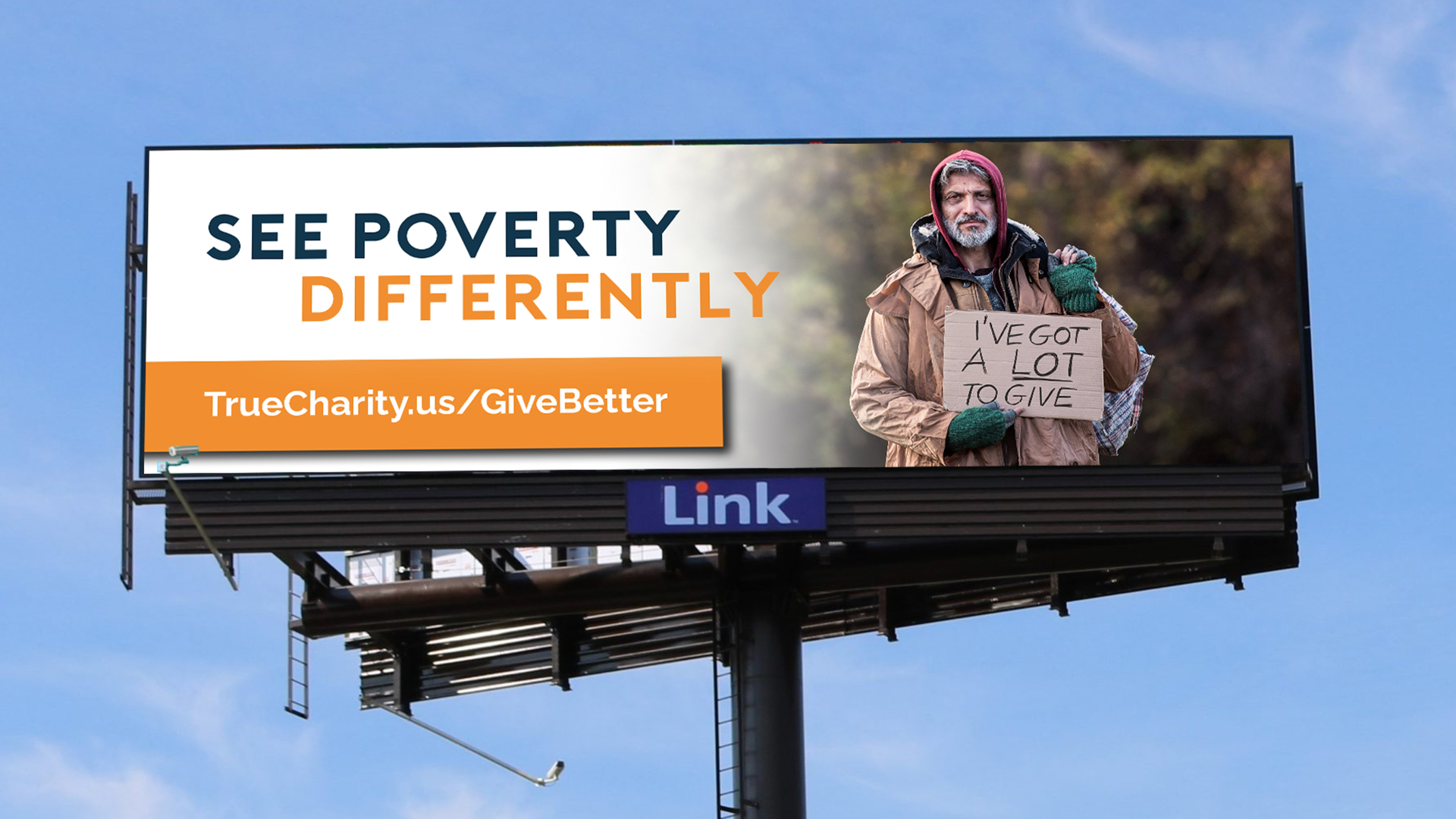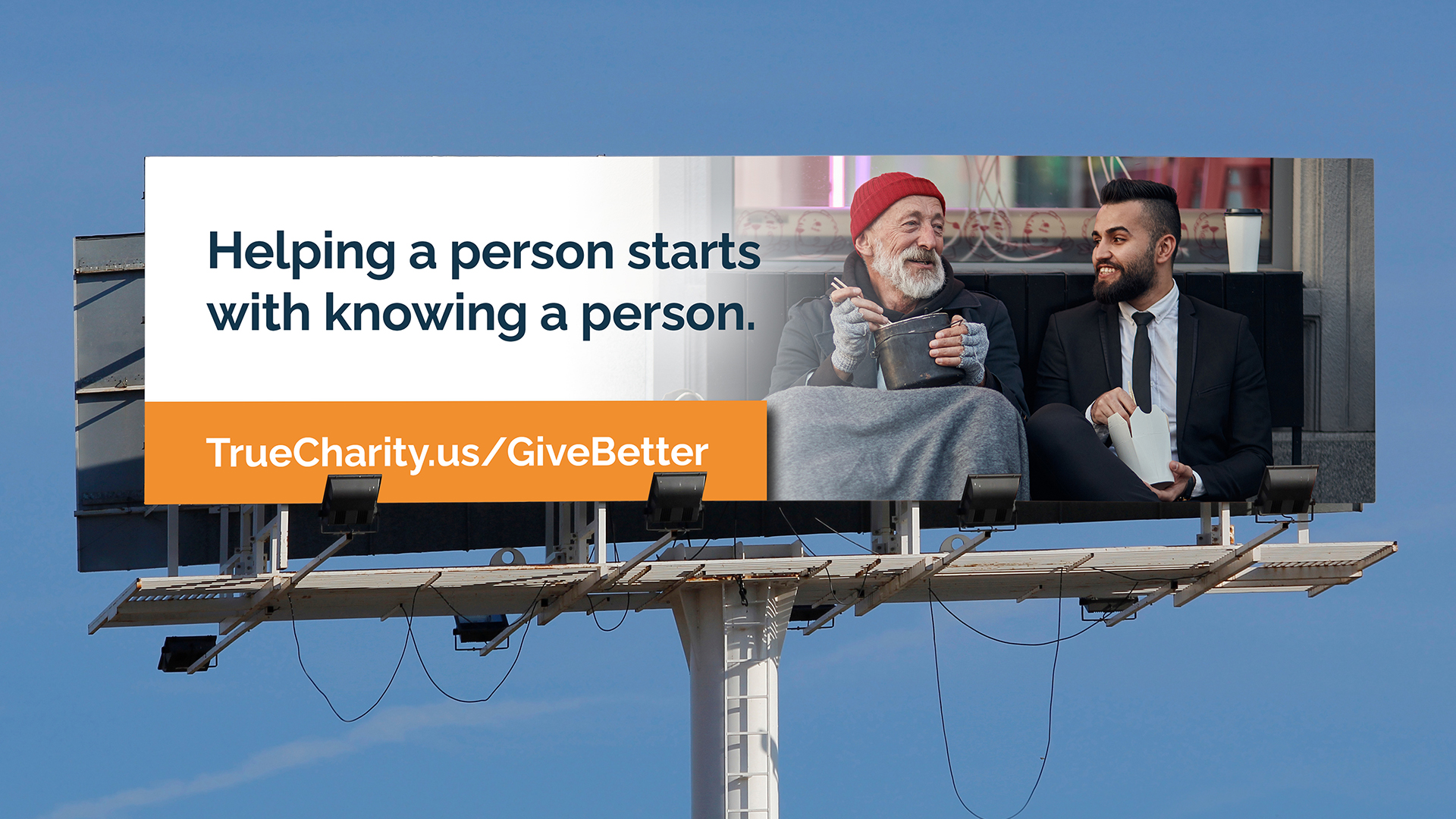Amplifying Your Message: Getting Started With Public Awareness in Your Community

Jeff Lofting
Director of Education
Read more from Jeff
For many in the nonprofit sector, talking about ourselves doesn’t come naturally. Many would prefer to just go about our work with others hearing about and understanding the work we do by word of mouth. Although this certainly might occur to a small degree, public awareness efforts can be enriching for your organization, those you serve, and your greater community. There are several reasons for your organization to consider public awareness efforts.
- To help others “catch” your vision and mission. You might be passionate about what you do and how you do it, but how is this being communicated to others outside your organization? Why should they be energized, as well, to address the need in an effective manner? A public awareness campaign can help light a fire in the heart of those in your community.
- To educate those in your surrounding community about the central issues you are addressing and the rationale for the solutions you are pursuing. Your organization exists for a reason. A public awareness campaign brings these issues to light and helps your community understand how and why your organization employs the approach it does.
- To connect like-minded individuals in your community with opportunities to help further your mission. There are undoubtedly others who see the same needs but are unaware of how to effectively address them, whether through financial support, volunteering their time and effort, or lifting your organization up in prayer. A public awareness campaign brings these opportunities to light and can provide a call to action to these like-minded individuals.
Maybe your interest is piqued, but how do you get started?
![]()
1: Form Your Message
The essential first step is to determine a cohesive overarching message of your public awareness campaign. It’s recommended that this be rooted in the mission, vision, and values of your organization. Distill this down to what your organization is doing, why you’re doing it, and how.
Take, for example, a fictional organization, Feed the True Need (FtTN), that facilitates a food co-op, a membership-based community of those struggling to pay for food. These individuals meet weekly to cooperatively order, unpack, and sort the food that they all take home at the end of the work session. In addition to relationships built with others during that time, members meet with volunteer care coordinators who walk with them through the process of setting and meeting goals to help prevent this need in the future.
In summary, this organization seeks to help meet individuals’ physical needs and address the underlying causes (what) by empowering those individuals through the building of relationships and reawakening the dignity of contributing to their own progress (why and how).
What is it about FtTN that might excite those in the general public, something that the vast majority of their community can grab ahold of and buy into? It’s likely the “empowerment” aspect. Who wouldn’t agree that empowering individuals is not a positive effort?
This might serve as the overarching message of FtTN’s public awareness campaign: empowerment.
Out of your organization’s overarching message will flow themes. You’ve established a message that will resonate with your audience; your theme helps bridge the gap between your “what” and your “why”/“how.”
In the example of FtTN, their “what” is helping to meet physical and address the underlying causes. Their “why”/“how” is empowerment through building relationships with other members and volunteers and re-establishing and facilitating challenge and exchange, individuals contributing effort for something they need, instead of unhealthy dependence on others.
So, the themes of FtTN’s public awareness campaigns are relationships and exchange. These will serve as the topics around which the message will be reinforced, simultaneously educating the public, vision–casting, and connecting like-minded individuals with opportunities to serve a purpose they are passionate about.
Watered Gardens Ministries’ Executive Director, James Whitford, and Director of Advancement, Travis Hurley, have worked together for several years to become more effective in making those in Joplin, Missouri, and the surrounding area aware of the insidiousness of dependency and effective solutions to combat it among those in poverty. They’ve found success in educating the Joplin community about alternatives to handout charity and the impact Watered Gardens has had through practicing these very alternatives.
They recently shared a few mediums and strategies they used when they got started and what they learned, much of which can be applied within your own public awareness strategy.
![]()
2: Determine Your Medium(s)
Radio and/or TV Public Service Announcements (PSAs)
One hesitation that many nonprofits have in launching a public awareness campaign is the cost. When James and Travis began their public awareness efforts, they discovered that radio and television stations have a requirement to “air programming that is responsive to the needs and problems of its local community,” and they have available space specifically for this purpose. Travis explains, “That’s what prompted us to get started without money.”
These radio and TV spots can be quick and simple to produce with the help of your local stations. Travis recommends that you get started with a 60-second radio PSA. These involve a much smaller investment of time and production—video PSAs add a labor-intensive visual element—and have the potential to reach thousands in your community.
For PSAs, James and Travis recommend the following:
- Limit radio PSAs to 60 seconds and TV PSAs to 30 seconds.
- Start with an engaging story that is relevant to your message and theme.
- Succinctly communicate your point.
- Use background music and an ending tagline that is consistent among your PSAs. For example, “This is [name] from [your organization] reminding you that…” This helps your audience immediately recognize it as your organization’s with each new PSA.
- Provide a call to action such as, “Visit [your organization’s website] to learn more about…”
Contact your local radio and TV stations to learn more, to introduce your organization, and to start building a mutually beneficial relationship: promoting your organization and helping their station meet PSA requirements.
Digital Billboards
If you were surprised that free radio and TV airtime is available in your community, you might be shocked to know that you can display a billboard for free or at a very low cost. If you have digital billboards in your city, many billboard companies will throw your organization’s graphic into the rotation on a space-available basis.

A benefit of this medium is that billboards generally must be kept simple—they consist of an attention-catching image, a very brief phrase communicating your message, and a call-to-action (e.g., a website for more details).
Simply call your local billboard company to see if this option is available; if so, request specifications for the design.
(These are only a few of the mediums you might consider, those with the lowest entry cost to get started. We’ll feature more options in the future.)
![]()
3: Develop Your Content
Once you’ve identified your medium, build your content around your overarching message and themes, always making sure to provide a brief connection to your overarching message. This ensures each PSA or billboard is consistently grounded.
As you prepare your public awareness campaign, a necessary element in communicating your message and themes is the inclusion of personal stories of those impacted. Stories engage the heart of the audience and prepare them for the rationale of what you do.
For example, Denton Bible Church, a True Charity Network member in Texas, ran a food co-op similar to the fictional Feed the True Need above. During that time, a handful of co-op members passed away. In each case, other co-op members showed up en masse to their funerals, sometimes outnumbering family or friends. The food co-op succeeded in building a connected community where the food pantry had not.
This story demonstrates the relationships—the social capital—built that’s essential to an individual being empowered to find freedom from material poverty.
Most won’t have the skill sets to fully develop the content, whether writing a PSA script or creating billboard graphics. When needed, bring in individuals in your community that resonate with your message and have the skill sets needed, giving them additional opportunities to use their giftings for a meaningful purpose.
Lastly, Travis emphasizes the need to plan with enough foresight, considering the seasons (“What is going to be on people’s minds when you launch the project?”) as well as specific giving campaigns you might have planned to connect to your planned projects. He says that planning ahead one quarter out is usually a safe rule of thumb.
We cannot emphasize the importance of providing others with the chance to join in the good work you are doing, but they have to be made aware of the “what,” “why,” and “how.” The True Charity Network provides resources that can help further this effort. Network members have access to lessons on sharing their message, as well as billboard templates and starter scripts for PSAs. Non-members can learn more at truecharity.us/join.


